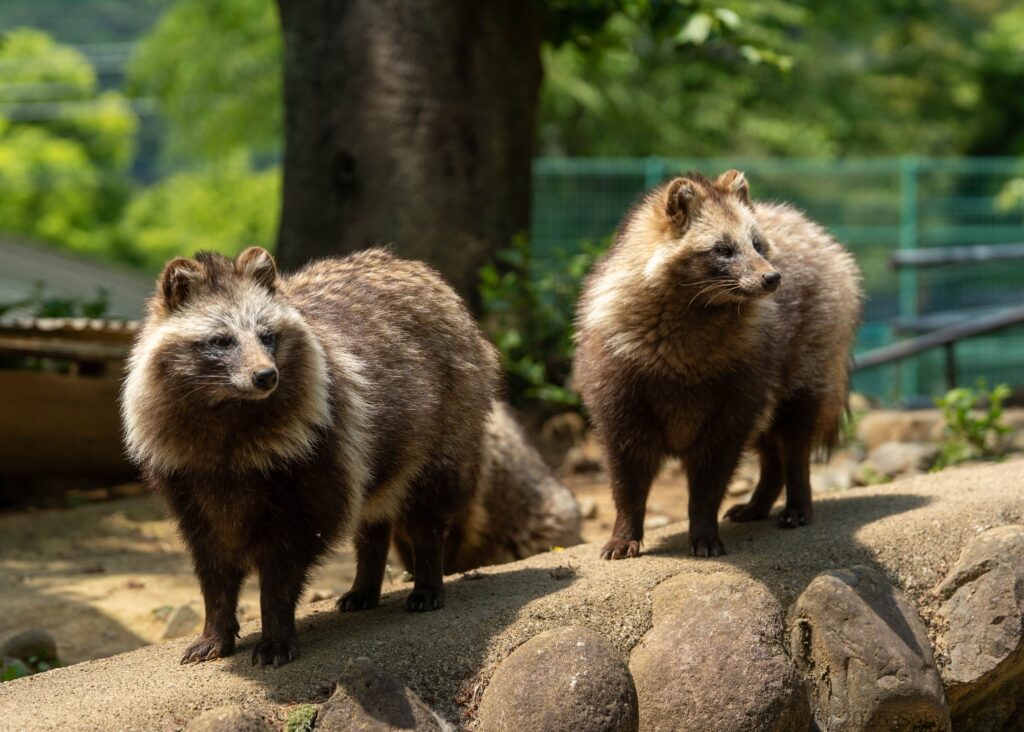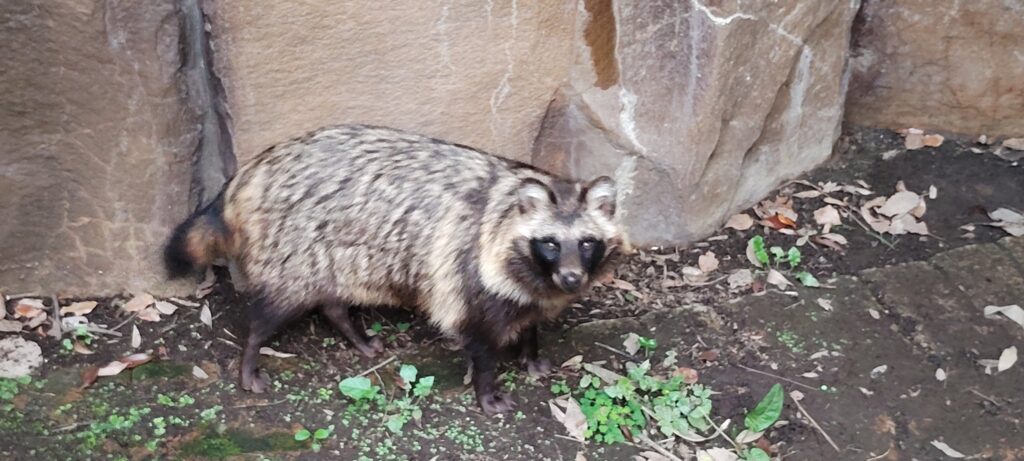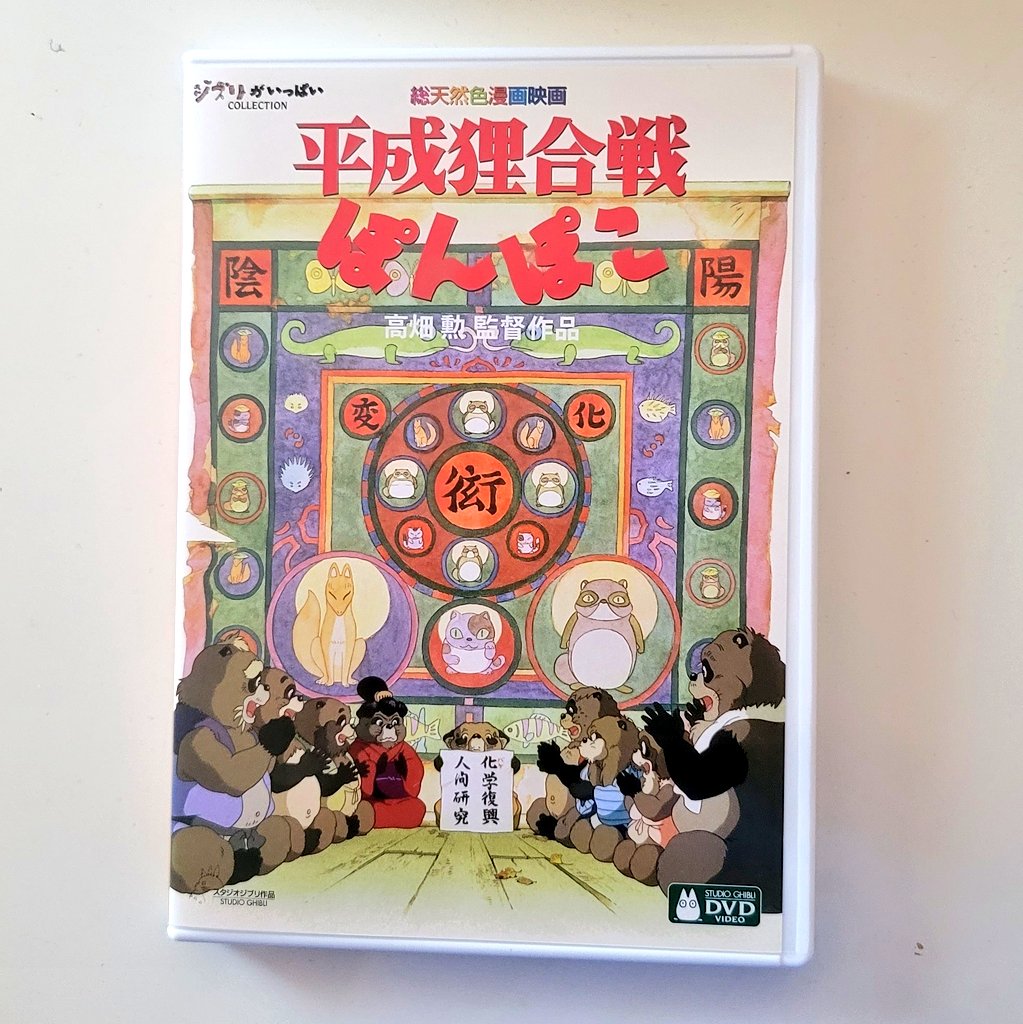
When traveling in Japan, animal lovers are often curious about the country’s unique wildlife. One of the most fascinating creatures is the tanuki (たぬき), often translated as the “Japanese raccoon dog.”
What Is a Tanuki?
Tanuki are medium-sized mammals native to Japan. Although their English name includes “raccoon,” they are not raccoons at all. With their round bodies, short legs, and distinctive facial markings, they look quite charming. In Japanese folklore, tanuki often appear as shape-shifters who enjoy playing tricks on humans.

Studio Ghibli’s Pom Poko
Many foreign visitors first learn about tanuki through the Studio Ghibli film Pom Poko (Heisei Tanuki Gassen Ponpoko). The movie tells the story of tanuki fighting to protect their forest homes from human development. Watching the film reveals how deeply tanuki are woven into Japanese culture, and may leave you wondering: Do tanuki really exist in Japan?

Shigaraki Ware and Tanuki Statues
Even if you don’t see a wild tanuki, you’ll likely encounter their image during your travels. In Shigaraki, Shiga Prefecture, artisans have been making Shigaraki ware tanuki statues for centuries. These cheerful figures are symbols of good fortune and prosperity. Restaurants, shops, and inns across Japan often place them at their entrances as lucky charms.

Can You Spot a Wild Tanuki?
Yes, tanuki are found all over Japan — but they’re not easy to see. They are nocturnal and tend to avoid humans, so spotting one during the day is rare. Sometimes they venture into the outskirts of towns or even urban parks at night, but stumbling upon one in the wild is truly a lucky moment.

Where Are You Most Likely to See Them?
- Countryside and satoyama (rural landscapes): Forest edges, rice paddies, and farmland in regions such as Nagano, Gifu, and Nara.
- National parks and mountains: Areas around Nikko (Tochigi), Hakone (Kanagawa), and Kyoto’s surrounding mountains are known habitats.
- Urban outskirts: Even near big cities like Tokyo or Osaka, tanuki are sometimes seen at night in quiet residential areas or near rivers.
Still, keep in mind that sightings are unpredictable — think of it as a special surprise rather than a guarantee.
Important: Do Not Approach
If you are lucky enough to encounter a tanuki, admire it from a distance. Wild tanuki may carry parasites or diseases, so never try to touch or feed them. Approaching them can also endanger their natural behavior and safety.
Conclusion
The tanuki is much more than just a wild animal — it’s a beloved symbol of Japanese folklore and culture, seen in Ghibli films and Shigaraki statues. While spotting a wild tanuki in Japan is rare, it’s a magical experience if it happens. Just remember to enjoy the moment respectfully and safely.






